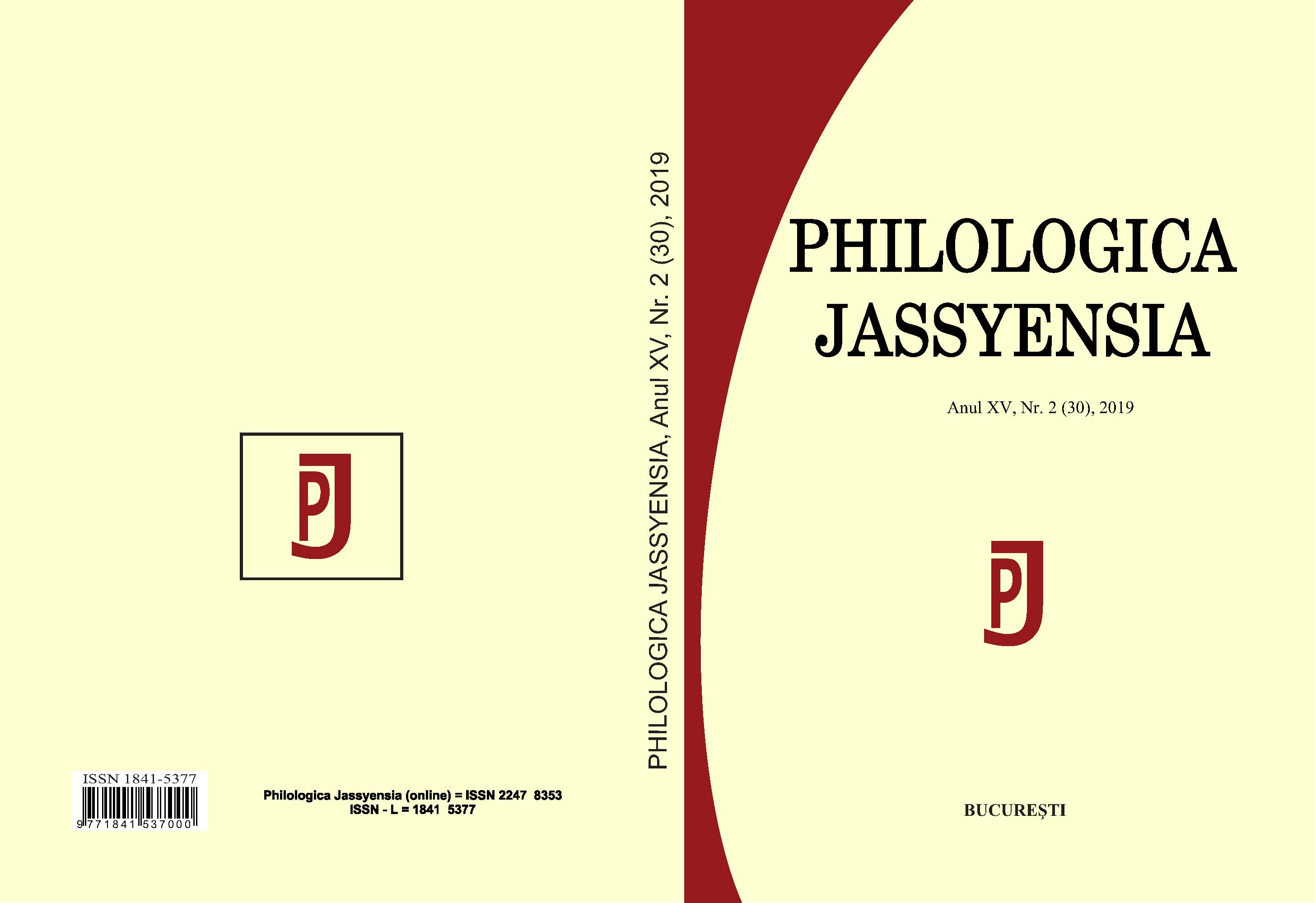The Indo-European Tripartite Social Structure in Relation to Youth Initiation Rites
The Indo-European Tripartite Social Structure in Relation to Youth Initiation Rites
Author(s): Ana R. ChelariuSubject(s): Cultural history
Published by: Editura Tracus Arte
Keywords: Indo-European culture; tripartite social classification; Indo-European creation myth; youth initiation rites; European folklore; Romanian folklore; Christmas rituals;
Summary/Abstract: The Indo-European tripartite social structure, understood as the partition of the archaic society into three main groups, the king/priest, the warrior and the producer, may be projected into the structural development visible in the initiation’s three step process: separating from parents, instruction and trials, ending with settling into a certain social status. The initiation rites of passage introduced adolescents into the complexities of the social and religious world of the community, preparing the novices for their new status within the adult group, be that of a warrior, a bride, a groom, or a king. This paper will attempt to identify among a few examples of youth initiation rituals patterns, separation from the previous social status, inclusion in a clan or a group, and marriage, in line with the tripartite social classification. On the descriptive level I will analyze the Romanian folk stories ‘The Apprentice at the Wizard’s School’, (‘Vrăjitorul și ucenicul său’), in which the transformations flight through embodying animals from all realms of nature suggests a youth initiation ritual into the entire spectrum of existence, reminiscence of a creation myth. The mythical motif of the flight of transformations is discussed in Greek and Hindu heritage. The ‘Beauty and the Beast’ (‘Povestea porcului’) story presents the initiation of a wife through the trials of finding her departed husband, and of a husband parting after the burning of the animal skin. From the social structure perspective these folk stories describe the youth initiation into husband and wife position. The songs ‘Iovan Iorgovan,’ and ‘The Snake Song’ (‘Cântecul șarpelui,’) represent the youth initiation into the warrior fraternity. On the action level I discuss the youth bands Romanian ‘ceată’ and their ritual training for holiday ceremonies, Christmas, Easter and such, including the Brașov Youth, Romanian ‘Junii brașoveni’; other youth bands that form the Romanian wedding entourage, the reciters of the poem ‘oratio nuptiae,’ are compared with the escort formed during the ancient Greek wedding ceremony.
Journal: Philologica Jassyensia
- Issue Year: XV/2019
- Issue No: 2 (30)
- Page Range: 57-68
- Page Count: 12
- Language: English

